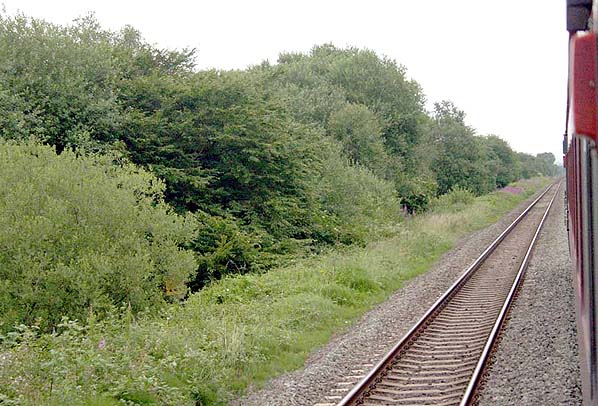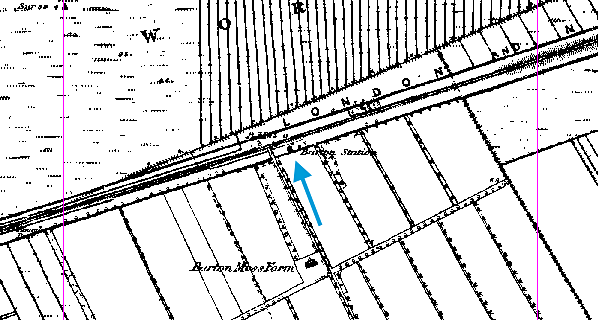|
Notes: Barton Moss (1st Station) was one of the original passenger
stations of George Stephenson's Liverpool
and Manchester Railway the world's first railway to cater
for passengers as one of its primary functions. It was also
arguably the worlds first inter city railway. When the line
first opened on the 15th September 1830 no details exist of
the initial intermediate stops and Walkers accurate description
of the line at the time of opening says that fares for intermediate
stops had not been settled implying that initially there might
not have been any stops.
The earliest known company timetable is 1st March 1831, this
did not show times at intermediate stops but did list stops
in fare tables. The company minutes of 26th September 1832 did
give a full list but no further list was given until January
1846.
There were many early changes of stopping place and name so
the early history of intermediate stops is patchy. At first
trains stops at, for example, level crossings where the gatekeeper
issued tickets; perhaps a room in his cottage was available
as a shelter. In 1841 platforms and nameboards were added to
stations lacking them. Many of the stations consisted of little
more than a basic cottage.
The company timetable of 1st March 1931 includes a Reids Farm
Station, this may be an early name for Barton Moss or perhaps
Barton Moss replaced it on a different site. Barton Moss is
listed by September 1831 but has closed by November 1832 in
favour of nearby Lambs Cottage but is back in the company timetable
by 19th October 1839.
Early timetables show the first Barton Moss station to be located
23¾ miles from Liverpool Lime Street. The early wayside
stopping places on Chat Moss had no platforms. The station would
have been served by local trains running between the two cities
or on shorted journeys. A steady stream of express and goods
services would have passed through.
Barton Moss was replaced on 1.5.1862 by a 2nd station located
¾ mile further east, adjacent to the present Barton Moss
level crossing.
There is currently no road access to the site, but an unnamed
track terminates at Birch Farm (originally Barton Moss Farm),
a short distance south of the railway (OS Explorer Map 276),
and this was probably once an access route to the station.
Click here
for a detailed history of the Edge Hill cutting and tunnels,
including pictures inside the 1829 Crown Street Tunnel
Further reading: Liverpool & Manchester Railway Operations
1831 - 1845 by Thomas J Donaghy
David & Charles 1972 ISBN 0 71535705 0
To see the other
closed stations on the Liverpool & Manchester Railway click
on the station name: Liverpool
Crown Street, Huyton
Quarry, Lea Green,
Collins Green,
Parkside 1st, Parkside
2nd, Kenyon
Junction, Glazebury
and Bury Lane, Flow
Moss, Astley, Lambs
Cottage, Barton Moss 2nd, Weaste,
Seedley, Cross
Lane, Ordsall
Lane, Manchester
Liverpool Road
|




 Home Page
Home Page 

